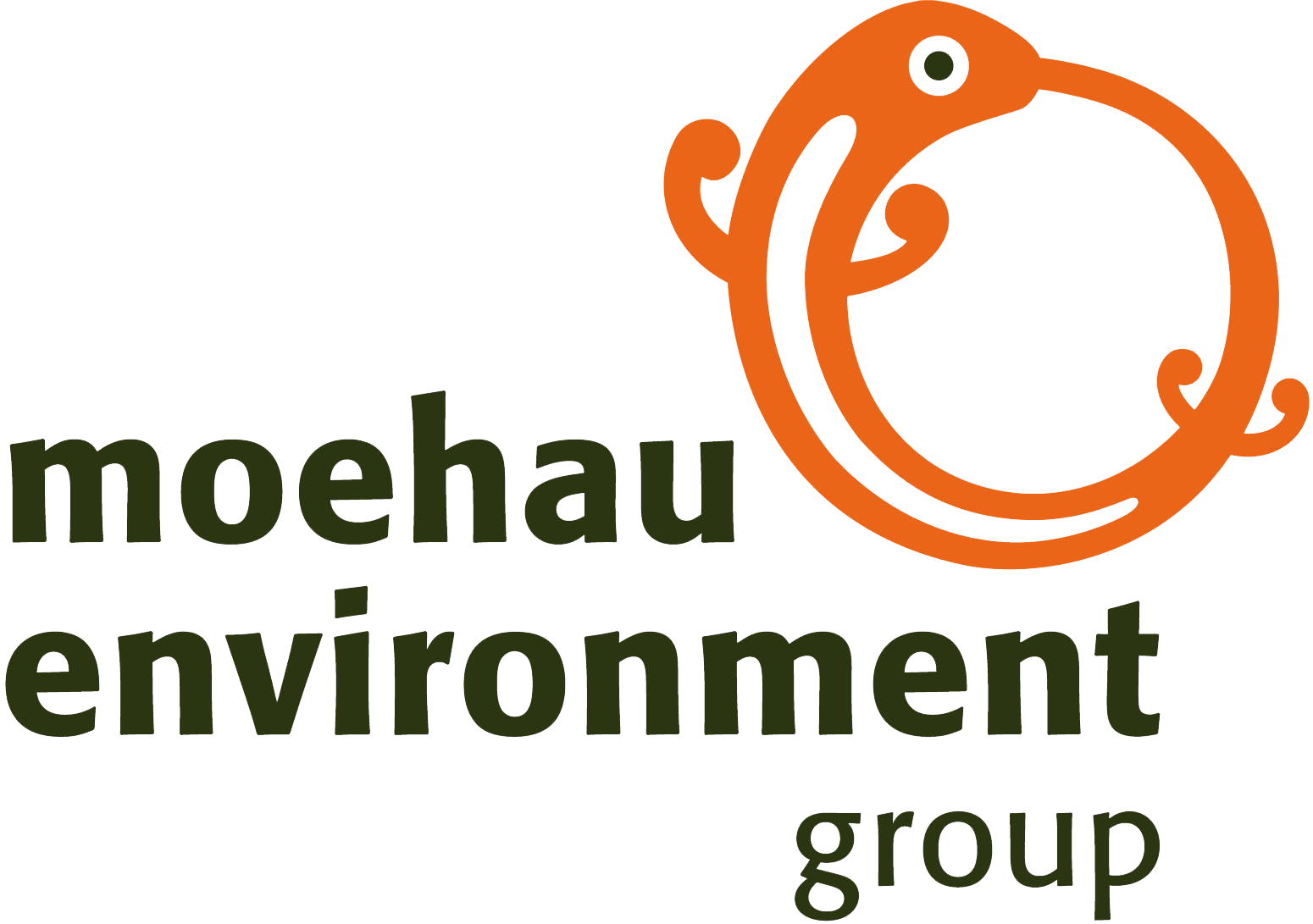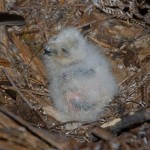MEGa Pest Attack
A 450 ha open-sided sanctuary of intensive rat trapping and multi-species pest control for forest and wildlife regeneration near Tangiaro/Port Charles, northern Coromandel.
How do you create a large open wildlife sanctuary on the mainland with no predator-proof fence or moat of water? With lots of hard work and constant evolution! Our 450 ha open sanctuary near Port Charles began as a trial in 2004 as an intensive rat trapping zone of 250 ha. By 2005, it was established and came close to being 350 ha, but with some boundary changes reverted back to 250ha. In 2020, it received an extension and its size increased to its current size of 450 ha. It now has over 2600 rat traps spaced on a grid network, mostly 50 x 25 m apart, all checked and serviced monthly, along with a total of 150 mustelid traps. In 2023, we began tackling possums in a different way by creating two perimeter rings of self-resetting traps. The AT220’s (created by NZ Auto Traps) are placed 40 meters apart, one on the sanctuary boundary, the other inside the other, with more traps placed on spurs and ridges within the sanctuary. We are using SA2 cat traps in feral cat territories. We rely on the dedicated labour of our field team and volunteers for trapping and monitoring the success of this project. It takes 30 person days to clear all the traps each month!
This is what it takes to defend a habitat on the mainland from the persistent and destructive invasions of rats, stoats, cats, weasels and possums. Thanks to the Lotteries Foundation and Waikato Regional Council for supporting our much needed possum control, we can now call our project area the MEGa Pest Attack. The MEGa Pest Attack is one of the country’s most intensive predator control sites without a predator proof fence on the mainland and it offers one of the safest environments on the Coromandel Peninsula for endangered and vulnerable birds, like the Coromandel brown kiwi who can freely traverse through the area and benefit from increased food supplies and predator protection. Our sanctuary is sited in regenerating forest bordering Moehau mountain and helps to protect the northern Coromandel’s nationally significant biodiversity. The project offers one of the safest habitats in the region for threatened birds. Our work will also enhance the regeneration of native bush because rats eat many seeds and new plant growth. 
Over the years, our small mammal indexing (SMI) monitoring has routinely been below 5%. These low numbers of rats mean our birds have the best chance of breeding success and we have noticed an increased abundance of kohekohe seedlings and a more vibrant-sounding bush with a louder and more noticeable bird life. We are monitoring the miromiro/tomtit distribution by noting locations of where these birds are heard. This sanctuary benefits the Coromandel brown kiwi, toutouwai (North Island robin), miromiro (tomtit) and moho pererū (banded rail) as well as pāteke (brown teal), not to mention the tūī, kererū, pīwakawaka, riroriro (grey warbler) and all other vulnerable bird species. While out servicing the traps, the field team have encountered other rare animals like pepeketua (Archey’s and Hochstetter’s frogs), the invertebrate ngaokeoke (peripatus) and lizards including the Coromandel striped gecko.
Fewer rats within the MEGa Pest Attack area has allowed some ruru/morepork to revert to their natural instincts and nest successfully on the ground. These days, morepork typically only nest on the ground on predator-free off-shore islands. While out trapping in the space of the MEGa Pest Attack, one of MEG’s trappers spotted these ruru/morepork eggs under these tree roots. The mother returned to the nest shortly after the trapper continued to walk on. Ruru nest in trees or in clumps of epiphytes and occasionally under tree roots or among rocks on the ground. Unfortunately, in unmanaged predator environments, chicks can be predated upon by stoats or cats and their survival is dependent on the quality of the food supply. It's incredibly exciting to know that the hard mahi achieved through the MEGa Pest Attack project will be increasing the chances of these baby chicks survival.
Outcome monitoring
We undertake monitoring of rat and possum densities using best practice tools and collect and analyse mustelid and rat trapping data, which we use to inform our trapping and baiting regimes. We have established outcome monitoring for seedling and sapling recruitment into the forest, have a long-term monitoring programme for kiwi, and have begun monitoring miromiro/tomtit bird calls as an indicator species. We have installed trail cameras to specifically monitor pigs, feral cats and to gather data on mustelids and kiwi.
What the future might hold for this sanctuary
In 2009, Moehau Environment Group partnered with mana whenua and the Department of Conservation to coordinate the translocation and return of toutouwai / North Island robin into the area of the MEGa Pest Attack. Going forward, we will collectively work toward future translocations into the area, possibly of threatened plants and trees that provide food sources for birds, and animals that have been lost from the area, like the pōpokotea/whitehead, tītitipounamu/rifleman, kōkako, Duvaucel’s gecko, giant weta and seabirds.
The success of the project to date has depended greatly on the funding provided by our sponsors and the ongoing commitment of the trappers, the energy of volunteers and the support of the local community.


